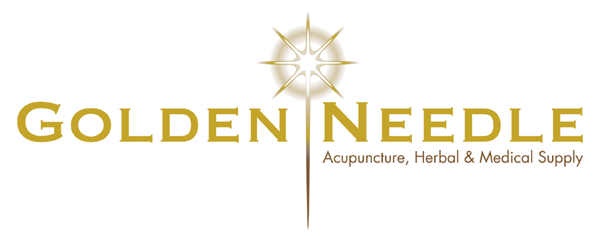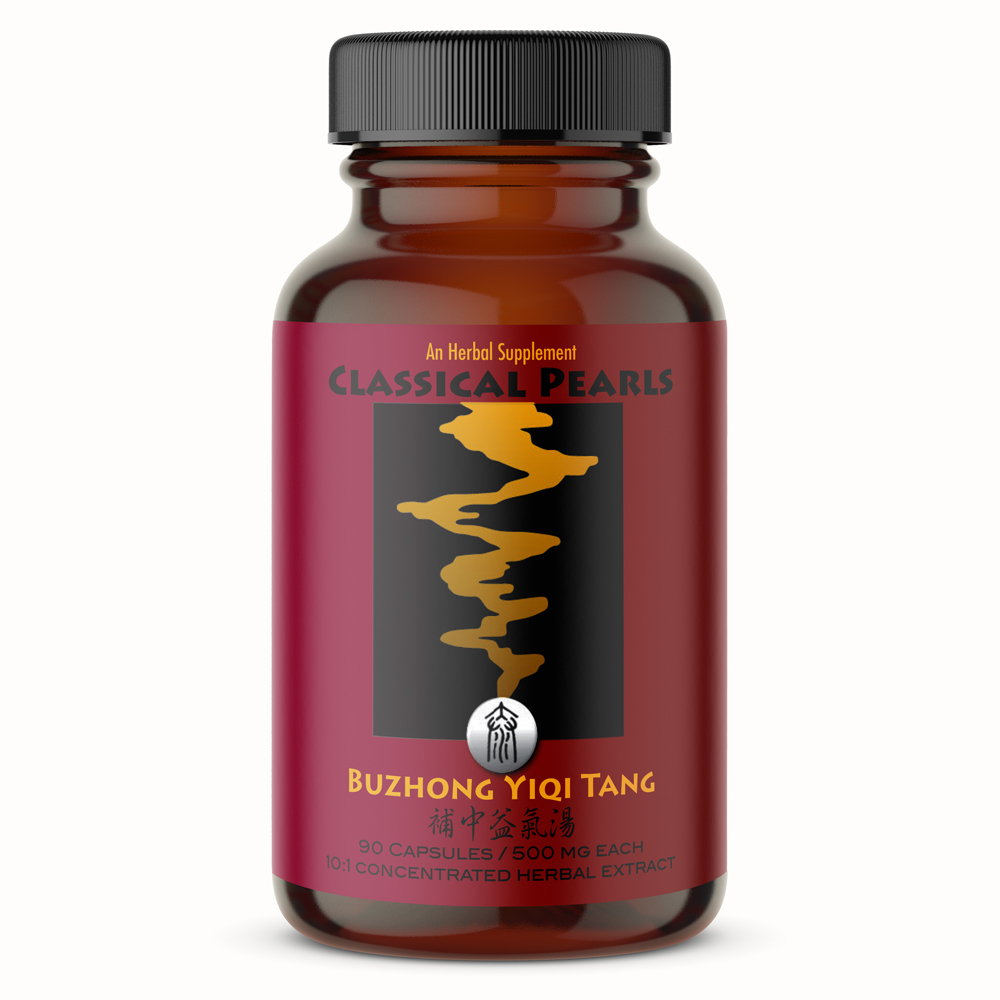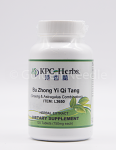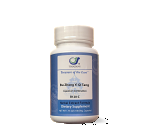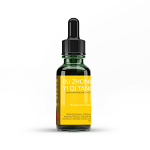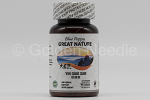Bu Zhong Yi Qi Tang
Bu Zhong Yi Qi Tang
| SKU | CP304 | |
| Brand | Classical Pearls Heritage Series | |
| Unit Size | 90 Capsules | |
| Dosage | Serving size: 3 capsules Servings per contains 30 Amount per serving: 1500mg | |
| Potency | 10:1 | |
| Channels Entered | Spleen | |
| Chinese name | 補中益氣湯 | |
| English name | Tonify the Middle and Augment the Qi Decoction | |
| Description | Buzhong Yiqi Tang first appeared in Li Dongyuan’s influential 13th century work, A Treatise on the Spleen and Stomach (Pi wei lun). It is a unique variation of the quintessential Spleen qi tonic, Si Junzi Tang (Four Gentlemen Decoction), and featured as the core prescription of Li’s monograph on the pivotal function of the middle burner for the maintenance of physical and mental health. Buzhong Yiqi Tang prominently features astragalus, thereby emphasizing the “yang ascending” function of the Spleen. While most often associated with the prolapse of anatomical organs, the formula is also prescribed for all kinds of disorders involving the Spleen’s inability to “raise the clear”, such as low energy, dimming of the sensory organs, diarrhea or enuresis. Since another important function of Spleen qi is to contain Blood and fluids, this formula has also become a perennial TCM favorite for cases of chronic bleeding or sweating. Furthermore, Buzhong Yiqi Tang was traditionally regarded as a recovery tonic in the aftermath of childbirth or severe illness, as well as a chicken-soup-like immune stimulant for yang deficient individuals who respond poorly to diaphoretics in cold/flu situations. In addition, many contemporary Chinese and Japanese hospitals prescribing the remedy after surgery in order to speed up wound healing and prevent the development of anemia. Another modern usage of this formula is routine application during radiotherapy and chemotherapy, particularly for individuals with weak digestive systems. Modern researchers, moreover, tend to highlight the adaptogenic qualities of this formula and have declared it suitable for a variety of Spleen imbalances that may include opposite symptom pictures. Please note, however, that Li Dongyuan himself emphasized that Buzhong Yiqi Tang is contraindicated for cases with obvious signs of dampness (i.e., greasy white tongue coating). For similar reasons, consider that this formula was first conceived during the Mongol invasion of China when entire provinces were under siege and Spleen qi damage due to starvation was a dominant pathology. Chronic patients in modern times tend to exhibit much greater degrees of excess than the predominant state of qi collapse addressed by this formula. Therapeutic Principles
Companion RemediesSUITABLE FOR COMBINING
Similar RemediesALSO GINSENG/CODONOPSIS BASED AND/OR LIFT SPLEEN QI; ALTERNATION OPTIONS
|
|||||||||||||||||||||||||||||||||||||||
| Ingredients |
Other ingredients: living green clay excipient, vegetable capsule |
|||||||||||||||||||||||||||||||||||||||
